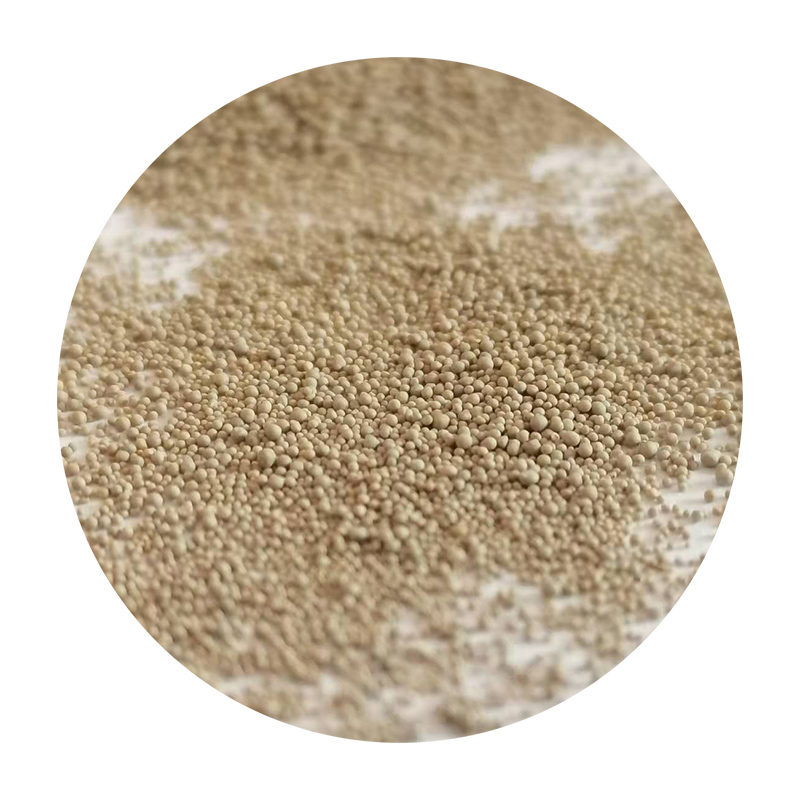Advantages and Disadvantages of Sand Casting Process
Sand casting, one of the oldest and most versatile metal casting processes, is widely utilized across various industries for the production of metal parts. It involves creating a mold from a sand mixture, pouring molten metal into it, and allowing it to solidify into the desired shape. Despite its long-standing use, the sand casting process comes with a distinct set of advantages and disadvantages that can significantly impact its application and efficiency.
Advantages of Sand Casting
1. Cost-Effectiveness One of the most significant advantages of sand casting is its low production cost. The materials used in sand casting, such as sand, clay, and water, are relatively inexpensive and readily available. This makes it an appealing option for both small and large production runs, especially for simple metal components.
2. Flexibility in Design Sand casting is renowned for its design flexibility. Complex geometries and large parts can be easily produced without the need for extensive tooling. This process allows for the casting of intricate designs, making it suitable for a wide range of applications in various sectors, from automotive to aerospace.
3. Material Versatility The sand casting process can accommodate a variety of metals. It is suitable for ferrous and non-ferrous metals, including aluminum, copper, and iron. The ability to cast different materials broadens its application scope and allows manufacturers to choose the optimal material for their specific requirements.
4. Large Component Capability Sand casting is particularly advantageous when it comes to producing large components. The process is well-suited for creating heavy and oversized parts that would be challenging to produce using other casting methods.
5. Short Lead Times The mold-making process in sand casting is relatively fast. Manufacturers can produce molds quickly, which significantly reduces lead times compared to other casting processes involving elaborate tooling.
advantages and disadvantages of sand casting process

Disadvantages of Sand Casting
1. Surface Finish One of the primary drawbacks of sand casting is the surface finish of the cast components. The rough texture of sand-cast parts often requires additional machining or finishing to achieve the desired surface quality. This added step can increase production time and costs.
2. Dimensional Tolerance Sand cast components typically have lower dimensional accuracy than parts produced using other techniques, such as investment casting or die casting. The tolerances achieved in sand casting can be more significant, which may not be suitable for applications requiring precise specifications.
3. Labor-Intensive Process The sand casting process can be labor-intensive, especially in the mold-making and finishing stages. Skilled labor is often necessary to ensure quality and precision, which can lead to higher labor costs and longer production times.
4. Environmental Concerns The materials used in sand casting, such as sand and binders, can pose environmental challenges, particularly with regard to waste disposal and air quality. The process generates dust and particulate matter, requiring appropriate measures to mitigate these impacts.
5. Limited Production Volume While sand casting is efficient for low to medium production volumes, it struggles to compete with other methods in high-volume production scenarios. Processes like die casting are more efficient for mass production, as they allow for rapid cycle times and higher output rates.
Conclusion
In summary, sand casting is a valuable metal casting process that offers numerous advantages, including cost-effectiveness, design flexibility, and the ability to produce large components. However, it also presents challenges such as surface finish quality, dimensional tolerances, and labor intensity. Therefore, when considering sand casting for manufacturing applications, it is crucial for engineers and manufacturers to weigh these factors carefully. By doing so, they can make informed decisions that align with their production goals and quality requirements. Whether for prototyping or production, understanding the advantages and disadvantages of sand casting is essential in navigating the complexities of modern manufacturing.
Post time:ഡിസം . 22, 2024 15:31
Next:Κεραμικά Heath Τέχνη και Συστήματα από Άμμο για Μοναδικά Διακοσμητικά Στοιχεία
